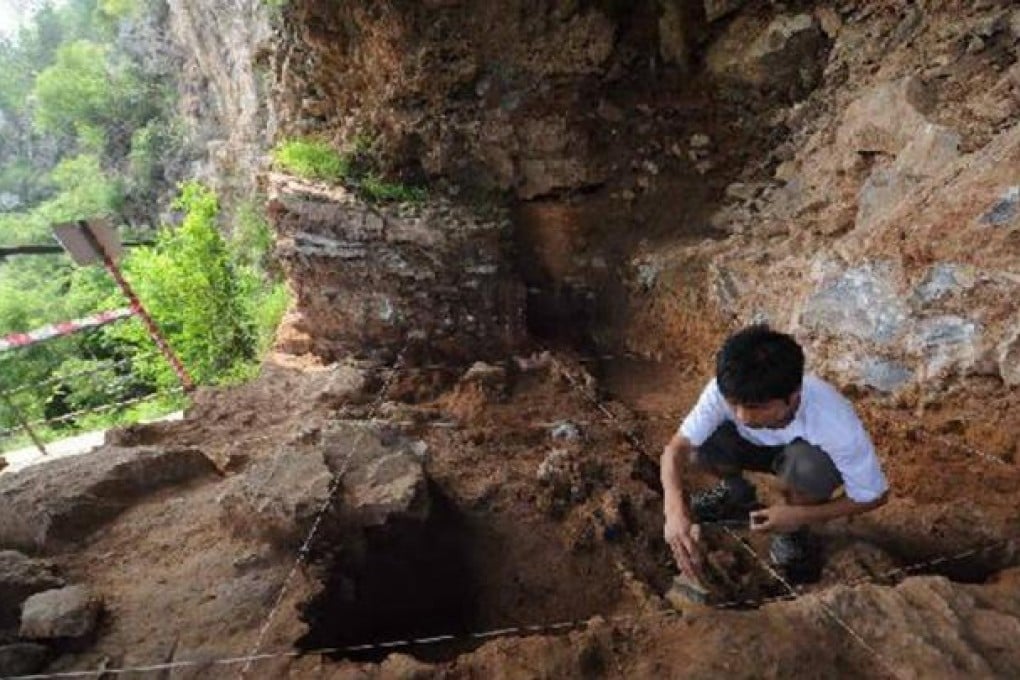Tianyuan Man scientists unlock secrets of ancient DNA
Scientists who cracked the provenance of Beijing bones have proved to be trailblazers in retrieving and analysing ancient human DNA

The discovery of ancient human bones in Tianyuan Cave, in Zhoukoudian, Beijing, 10 years ago caused a sensation. They showed Tianyuan Man died about 40,000 years ago.

The remains of Tianyuan Man consisted of more than 30 fragments, including lower jaw and leg bones, but no skull - not enough to tell how closely the ancient human related to present-day Chinese. Some palaeoanthropologists were not even sure the bones belonged to a male.
Tianyuan Man reclined quietly in the fossil room of the Institute of Vertebrate Palaeontology and Palaeoanthropology in Beijing. He was almost forgotten until a team of Chinese and German researchers reopened the dusty box and scrutinised the bones with the newest tools of DNA analysis.
What they found was important: Tianyuan Man's DNA came from people who were ancestors not only of many present-day Asians but also Native Americans. It also suggested that people in China at the time were already different from Europeans. The results were published last month in the Proceedings of the National Academy of Sciences in the United States.
But the biggest surprise in the study by the Chinese Academy of Sciences and the Max Planck Society was not the results, but the method used to achieve them.